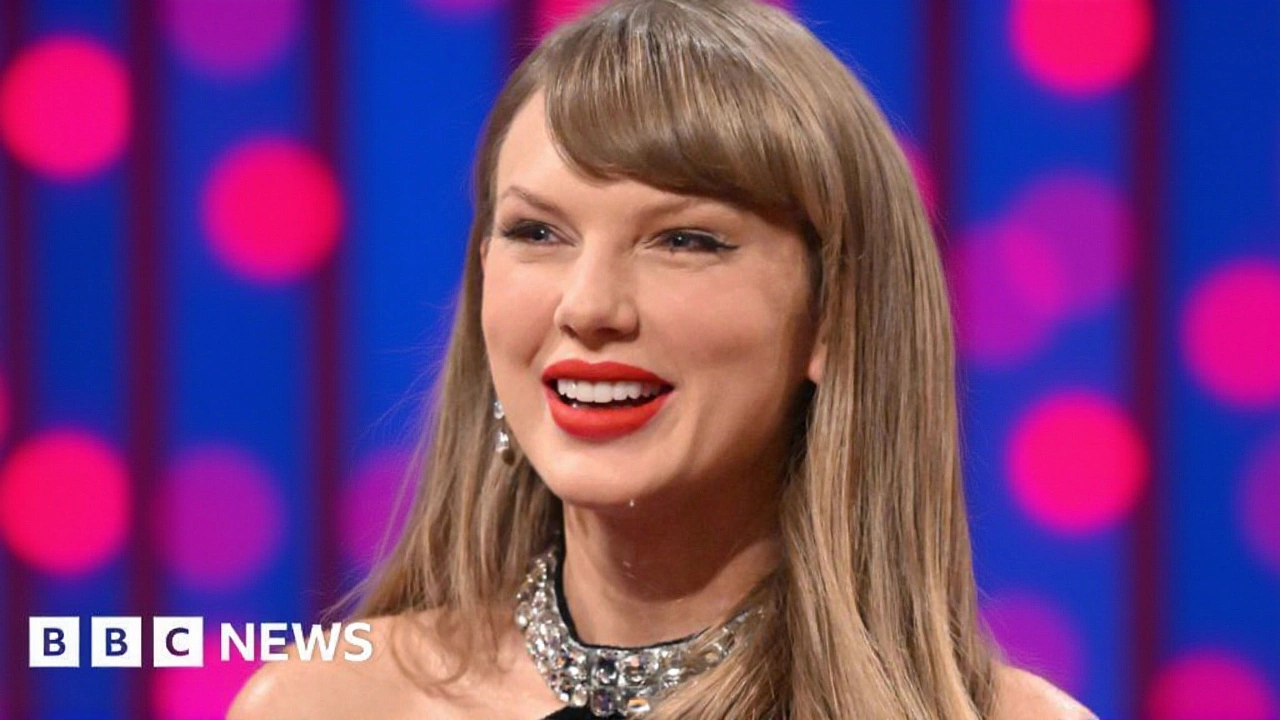Happiness in the World of Motorsports
When talking about Happiness, a positive emotional state sparked by satisfying experiences, social bonds, and personal achievement. Also known as joy, it plays a key role in how fans and participants feel during a race weekend. Happiness isn’t just a fleeting smile; it’s a combination of adrenaline, belonging, and the sense of progress that fuels our everyday drive.
Motorsports as a Happiness Engine
Enter Motorsports, the umbrella term for competitive racing events that showcase high‑performance vehicles and skilled drivers. This arena creates a perfect storm for joy: the roar of engines, the flash of color, and the crowd’s chant all merge into a shared experience. Motorsports requires teamwork, technical expertise, and split‑second decisions, which means every victory feels earned and every setback teaches resilience. The sport’s ability to bring strangers together in a stadium or on a streaming platform illustrates how community building directly influences happiness.
One of the biggest happiness boosters comes from the fan experience. Whether you’re tailgating at Daytona, watching a livestream of MotoGP, or following a driver’s Instagram, the sense of belonging is real. Fans often report a spike in mood after cheering for their favorite team because the collective excitement releases dopamine. This emotional high is similar to the rush drivers feel on the track, establishing a clear link: Happiness encompasses fan experience and fuels repeat attendance.
Now, let’s zoom in on Racing, the core competition where drivers push machines to their limits on circuits or open roads. Racing requires precision, focus, and split‑second decision‑making, which translates into a mental workout for both driver and viewer. The intense concentration produces a flow state, a proven happiness driver in psychology. Moreover, the spectacle of speed – often hitting 220 mph in MotoGP or over 200 mph in Formula One – triggers an instinctual thrill that our bodies interpret as excitement, further boosting mood.
Speed isn’t just a number; it’s a catalyst for emotional elevation. When a bike hits 220 mph, the wind, the sound, and the visual blur create a sensory overload that releases endorphins. Studies of race‑day attendees show a measurable rise in heart‑rate variability, a marker of positive arousal. In other words, the faster the vehicle, the stronger the happiness response – a classic cause‑and‑effect relationship: Speed influences happiness, and the feeling of speed fuels the desire for more racing events.
Beyond the track, the motorsport ecosystem supports mental health through careers, internships, and community programs. Aspiring engineers, pit crew members, and marketers find purpose in contributing to a high‑energy environment. This sense of purpose, combined with the excitement of being part of a legendary sport, adds another layer to overall wellbeing. So whether you’re a driver, a mechanic, or a fan holding a foam finger, the motorsport world offers multiple pathways to feel good.
All of these pieces – community, competition, speed, and personal growth – blend into a single picture of why motorsports are a happiness powerhouse. Below you’ll see a hand‑picked selection of posts that dive deeper into race‑day emotions, behind‑the‑scenes stories, and tips on turning your passion for speed into lasting joy. Keep reading to discover how the roar of an engine can lift your spirit and maybe even inspire your next adventure.



